Most car owners will find themselves by the side of the road with a tire failure at some point due to a screw, nail, or other sharp objects. These punctures often lead to a loss of air, which can make driving unsafe and/or impossible. If you don't have access to a spare tire and you're stranded on the side of the road due to a flat tire, there is a solution that doesn't involve calling a tow truck for help.
These punctures often lead to a loss of air, which can make driving unsafe and/or impossible. If you don't have access to a spare tire and you're stranded on the side of the road due to a flat tire, there is a solution that doesn't involve calling a tow truck for help.
Tire sealants are a great way to quickly repair a slow-leaking tire, and they can also be used for preventative measures. You can easily store this product in the trunk or other area of your vehicle for emergencies. The best tire sealants are affordable and easy to use, but they're not all created equally. We did the research and found some of the best options, so you'll be prepared the next time the unexpected occurs.
Best Overall
Slime Emergency Tire Repair Sealant
SEE IT
Summary
A strong and fast-acting tire sealant capable of filling 1/4-inch punctures.
Best Value
Fix-A-Flat Tire Sealant and Car/SUV Tire Inflator
SEE IT
Summary
Designed for cars and SUVs, this tire sealant is 24 ounces and can be used on extra-large tires.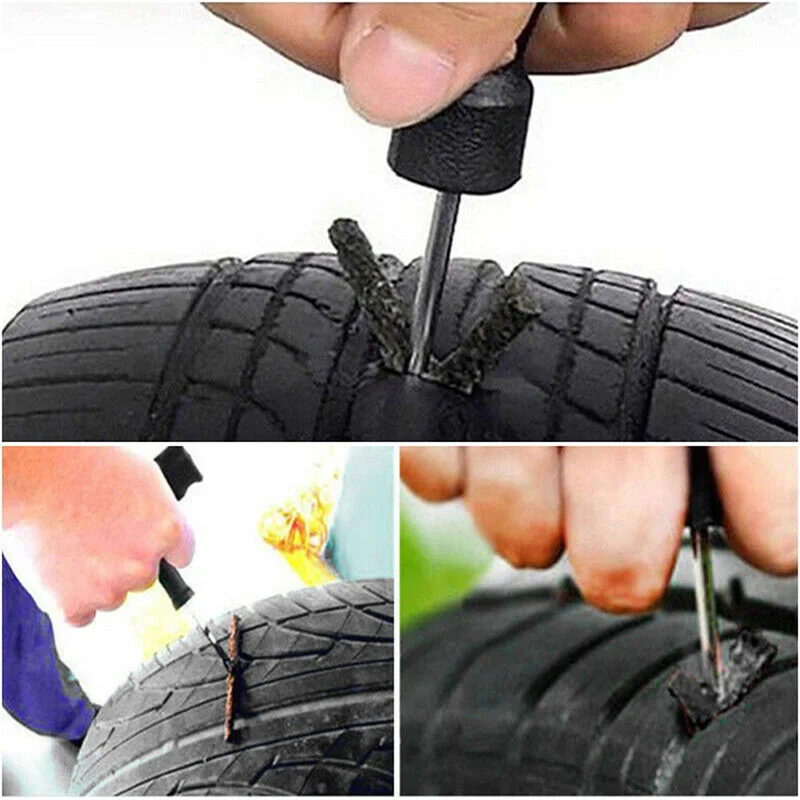 It fixes punctures up to 1/4-inch.
It fixes punctures up to 1/4-inch.
Honorable Mention
TireJect Tire Sealant Kit
SEE IT
Summary
This formula is available in 10, 20, or 40 ounces as well as a one-gallon container. It can fill punctures up to 3/8-inch.
Our reviews are driven by a combination of hands-on testing, expert input, “wisdom of the crowd” assessments from actual buyers, and our own expertise. We always aim to offer genuine, accurate guides to help you find the best picks.
We always aim to offer genuine, accurate guides to help you find the best picks.
Learn more
I took several factors into consideration when choosing the best tire sealants. First, I focused on well-known brands that have a reputation for producing high-quality products. I also looked at the effectiveness of each item. Using user testimonials as a reference, I compared how each sealant performed in real-world conditions in order to determine how well they functioned overall.
I included products that are both solutions to a puncture and I made sure to pick products that can be used on a variety of different tires, from passenger cars to larger pickup trucks. I also included items in a wide range of prices to suit a variety of budgets. For more information on our methodology, go here.
Slime Emergency Tire Repair Sealant
While the name may be gross, Slime tire sealant is one of the most effective sealants on the market.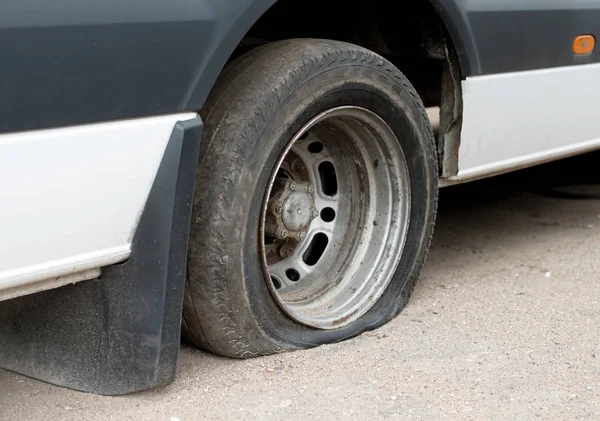 It is capable of filling punctures up to 1/4-inch, which is around the size of a normal screw or nail. It’s a great preventative measure to help fight against the possibility of full tire blowouts.
This small and powerful formula is fit for cars, trucks, SUVs, ATVs, trailers, and RVs. Plus, it’s compact enough to take with you, no matter where you plan on driving. One of the best features we found is that the bottle comes with its own valve core removal tool, giving you easy access to prevent leaks in your tires.
However, if you are using it for a car or trailer, there is a restriction on how fast you should drive. It’s only effective at speeds up to 65 mph, and should only be used as a quick fix if you tend to drive at speeds around this mark.
It is capable of filling punctures up to 1/4-inch, which is around the size of a normal screw or nail. It’s a great preventative measure to help fight against the possibility of full tire blowouts.
This small and powerful formula is fit for cars, trucks, SUVs, ATVs, trailers, and RVs. Plus, it’s compact enough to take with you, no matter where you plan on driving. One of the best features we found is that the bottle comes with its own valve core removal tool, giving you easy access to prevent leaks in your tires.
However, if you are using it for a car or trailer, there is a restriction on how fast you should drive. It’s only effective at speeds up to 65 mph, and should only be used as a quick fix if you tend to drive at speeds around this mark.
SEE IT
This simple small yet effective tire sealant is capable of making sure a large tire holds its air until you get it properly taken care of. Its compact bottle means you can take it with you and quickly use it in case you have a tire emergency. You can easily check what tires Fix-A-Flat fits by checking out the guide on their website.
It is able to fully block a puncture up to 1/4-inch. While it isn’t a permanent fix, it will last long enough for you to drive it to the shop or back home. It’s easy to attach to your tire nozzles as well, giving you more time to get back on the road and less time worrying about how much air you’ve lost. It’s nontoxic, noncorrosive, and nonflammable as well, making it safe for the environment. It’s also safe to use on cars with a TPMS monitoring system.
While it may be fast-acting, you will have to move the car to the right position in order for the compound to take hold effectively. That means you have to make sure to park where the puncture is at the six o’clock angle, which can be difficult to do by yourself.
Its compact bottle means you can take it with you and quickly use it in case you have a tire emergency. You can easily check what tires Fix-A-Flat fits by checking out the guide on their website.
It is able to fully block a puncture up to 1/4-inch. While it isn’t a permanent fix, it will last long enough for you to drive it to the shop or back home. It’s easy to attach to your tire nozzles as well, giving you more time to get back on the road and less time worrying about how much air you’ve lost. It’s nontoxic, noncorrosive, and nonflammable as well, making it safe for the environment. It’s also safe to use on cars with a TPMS monitoring system.
While it may be fast-acting, you will have to move the car to the right position in order for the compound to take hold effectively. That means you have to make sure to park where the puncture is at the six o’clock angle, which can be difficult to do by yourself.
When ordering this tire sealant, you have the option of choosing 10, 20, or 40 ounces.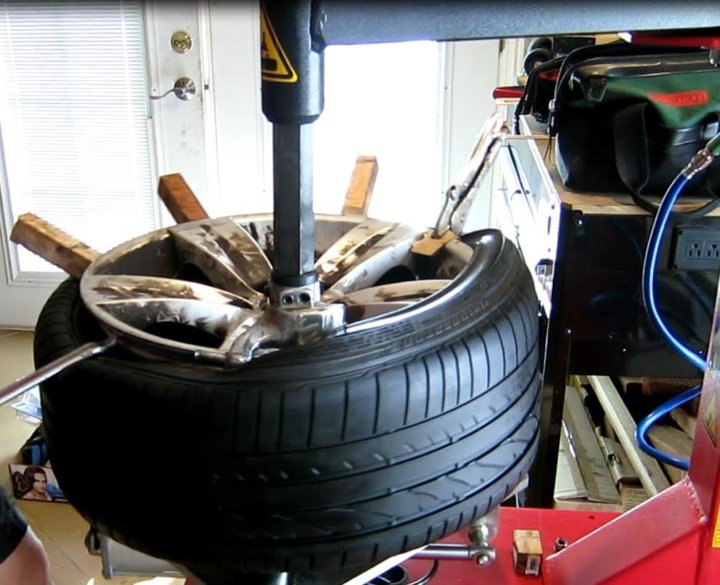 You can also choose to order a one-gallon container. The sealant is a liquid rubber mixture that contains tire particles and Dupont Kevlar fibers. Every 10 ounces of sealant comes with one bladder bag and one injector tool. You can use this repair kit to repair punctures in your tires from screws, nails, thorns, or anything else. The sealant only works on punctures that are up to 3/8-inch.
You’ll find this sealant system is easy to use, thanks to the included injector tool. You connect it to your valve stem for a mess-free installation. You can even install this sealant on all four of your tires and prevent future flats for the next year.
You can also choose to order a one-gallon container. The sealant is a liquid rubber mixture that contains tire particles and Dupont Kevlar fibers. Every 10 ounces of sealant comes with one bladder bag and one injector tool. You can use this repair kit to repair punctures in your tires from screws, nails, thorns, or anything else. The sealant only works on punctures that are up to 3/8-inch.
You’ll find this sealant system is easy to use, thanks to the included injector tool. You connect it to your valve stem for a mess-free installation. You can even install this sealant on all four of your tires and prevent future flats for the next year.
This tire sealant is meant for use with motorcycle tires.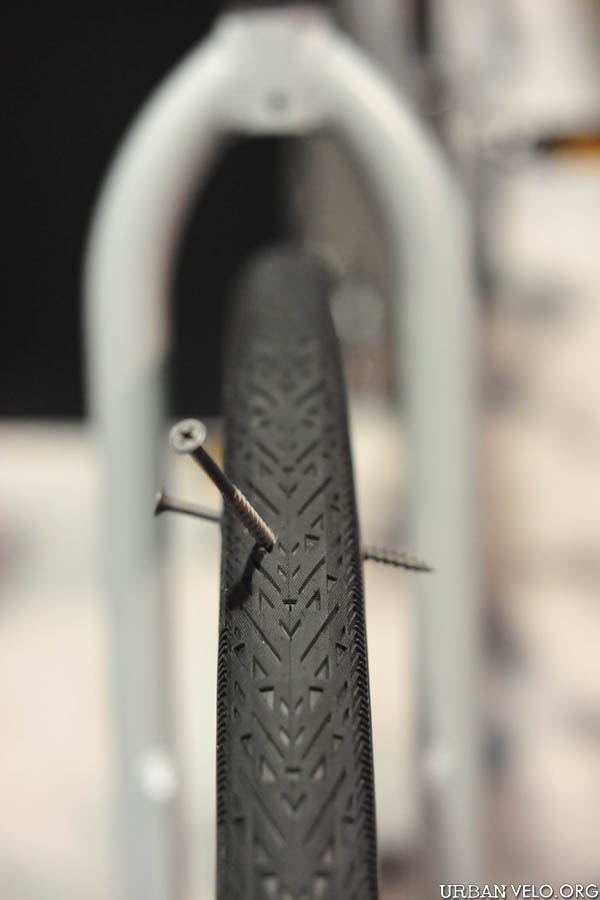 It will balance and seal your tire by evenly coating the inside surface of your tire. If your tire suffers a puncture while you’re riding, the centrifugal force of your rotating tire and the internal air pressure will move the Ride-On sealant into the hole. This will instantly seal it. This will work on punctures that are up to 1/4-inch in tubeless tires and 1/8-inch in tube tires.
You’ll like that this sealant turns your tires into self-sealing tires. They’ll also eliminate the need for ugly wheel weights. This sealant is specifically designed for use in high-speed tires. It’ll improve the performance of your motorcycle tires by dampening road vibration and noise.
It will balance and seal your tire by evenly coating the inside surface of your tire. If your tire suffers a puncture while you’re riding, the centrifugal force of your rotating tire and the internal air pressure will move the Ride-On sealant into the hole. This will instantly seal it. This will work on punctures that are up to 1/4-inch in tubeless tires and 1/8-inch in tube tires.
You’ll like that this sealant turns your tires into self-sealing tires. They’ll also eliminate the need for ugly wheel weights. This sealant is specifically designed for use in high-speed tires. It’ll improve the performance of your motorcycle tires by dampening road vibration and noise.
This tire sealant comes in a variety of sizes based on your needs: 8, 16, or 32 ounces or a one-gallon container.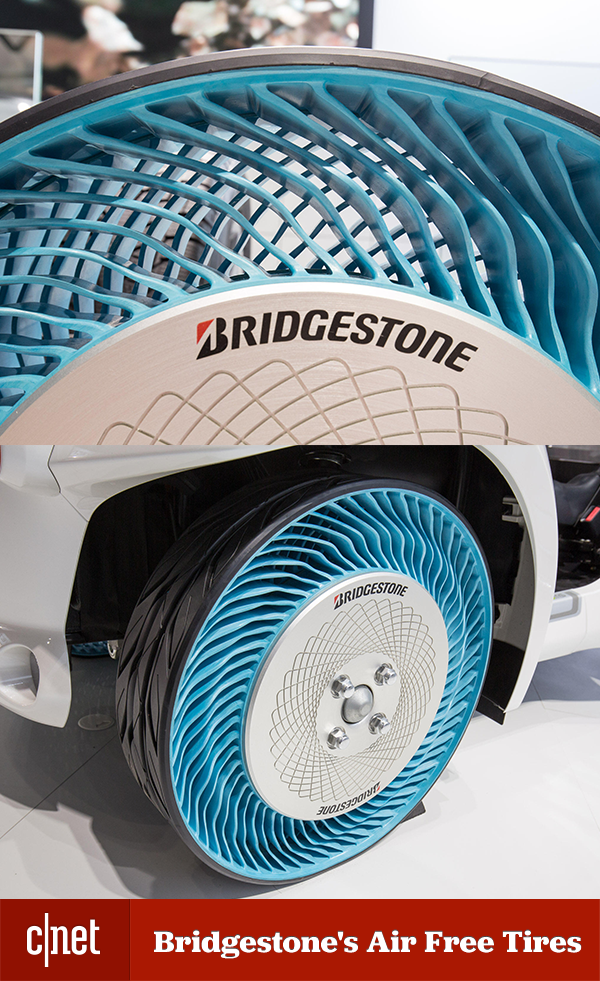 It will instantly seal your pneumatic tires and tubes. It protects against thorns, screws, and any other sharp objects. To use, extend the included hose and attach it to your tire valve. Then use the reliable pump action nozzle to dispense the sealant into your tire.
What’s nice about this sealant is that it specifically states that it’s safe for use with a variety of metals. This includes chrome, steel, and alloys used in wheel making. You can confidently use this sealant without worrying that it will ruin your wheels. It also stays liquid and won’t corrode or cause rust.
It will instantly seal your pneumatic tires and tubes. It protects against thorns, screws, and any other sharp objects. To use, extend the included hose and attach it to your tire valve. Then use the reliable pump action nozzle to dispense the sealant into your tire.
What’s nice about this sealant is that it specifically states that it’s safe for use with a variety of metals. This includes chrome, steel, and alloys used in wheel making. You can confidently use this sealant without worrying that it will ruin your wheels. It also stays liquid and won’t corrode or cause rust.
The Slime 50107 Kit contains two distinct elements: a powerful tire inflator and the emergency tire repair sealant.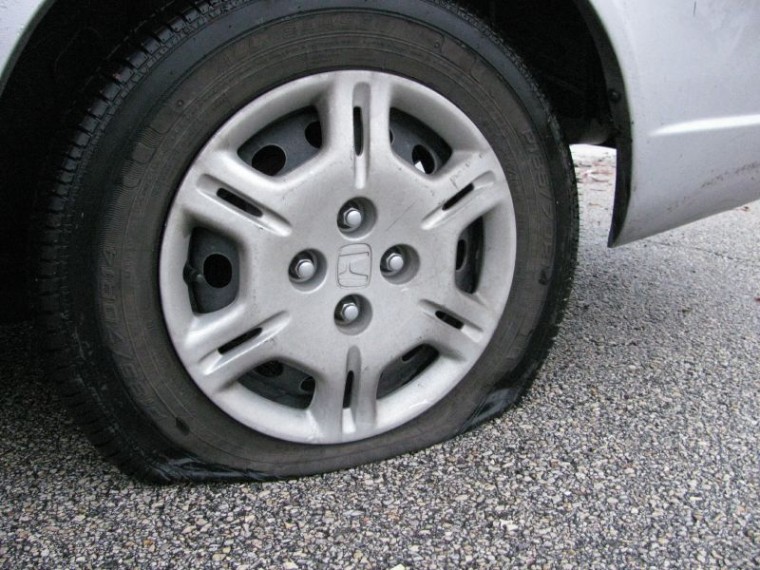 Instead of having to use a jack to change out the punctured tire, leave that hassle behind. The sealant is tire sensor safe and works well with standard car tires. The Slime tire sealant repairs tread area punctures up to 1/4-inch in diameter. Along with the kit’s included inflator, you can repair and inflate the tire within 15 minutes. Simply plug the tire inflator into your vehicle’s 12-volt accessory power outlet to get it started. It features a quick connect air hose and a built-in tire pressure dial gauge. The 16-ounce bottle of the emergency non-toxic tire sealant instantly seals punctures. The process is simple and hassle-free.
However, some users have experienced issues with the product going dead and not working when they needed it. Some actually lost more air after using this sealant.
Instead of having to use a jack to change out the punctured tire, leave that hassle behind. The sealant is tire sensor safe and works well with standard car tires. The Slime tire sealant repairs tread area punctures up to 1/4-inch in diameter. Along with the kit’s included inflator, you can repair and inflate the tire within 15 minutes. Simply plug the tire inflator into your vehicle’s 12-volt accessory power outlet to get it started. It features a quick connect air hose and a built-in tire pressure dial gauge. The 16-ounce bottle of the emergency non-toxic tire sealant instantly seals punctures. The process is simple and hassle-free.
However, some users have experienced issues with the product going dead and not working when they needed it. Some actually lost more air after using this sealant.
Whether you drive a car or truck or ride a motorcycle, STP Tire Fix Sealant and Inflator works well without any tools required.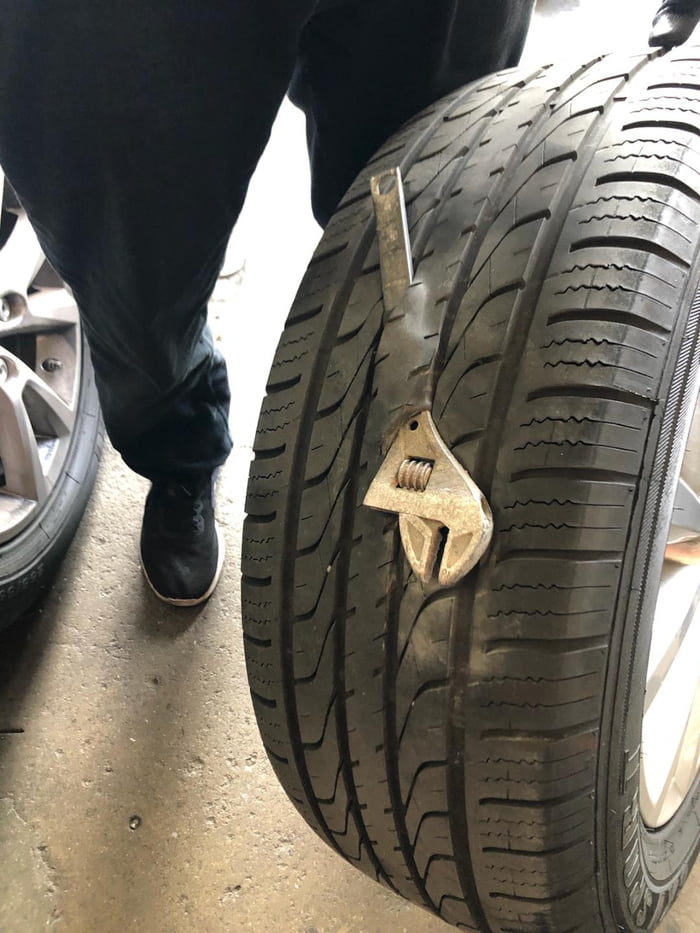 The non-flammable formula seals punctures that are up to 1/4-inch in diameter, it is easy to clean up with water, and it will hold air for as long as three days.
The product is also safe to use with tire pressure monitoring sensors. We like that this product is so easy to use: just fill up the tire to seal and inflate it, and go. Sixteen ounces fills a standard-sized tire, while 20 ounces fills larger tires. Overall, it's great for emergencies and is a short-term solution. The company recommends going to a repair shop for inspection and a permanent fix within a couple of days after application.
The non-flammable formula seals punctures that are up to 1/4-inch in diameter, it is easy to clean up with water, and it will hold air for as long as three days.
The product is also safe to use with tire pressure monitoring sensors. We like that this product is so easy to use: just fill up the tire to seal and inflate it, and go. Sixteen ounces fills a standard-sized tire, while 20 ounces fills larger tires. Overall, it's great for emergencies and is a short-term solution. The company recommends going to a repair shop for inspection and a permanent fix within a couple of days after application.
Slime Emergency Tire Repair Sealant is well-known in the industry and can repair screw or nail punctures up to 1/4-inch long. It can be used on cars, trucks, SUVs, ATVs, RVs, and more. It includes a valve core removal tool to make the process easier. For a slightly more budget-friendly option, consider the equally effective Fix-A-Flat Tire Sealant and Car/SUV Tire Inflator.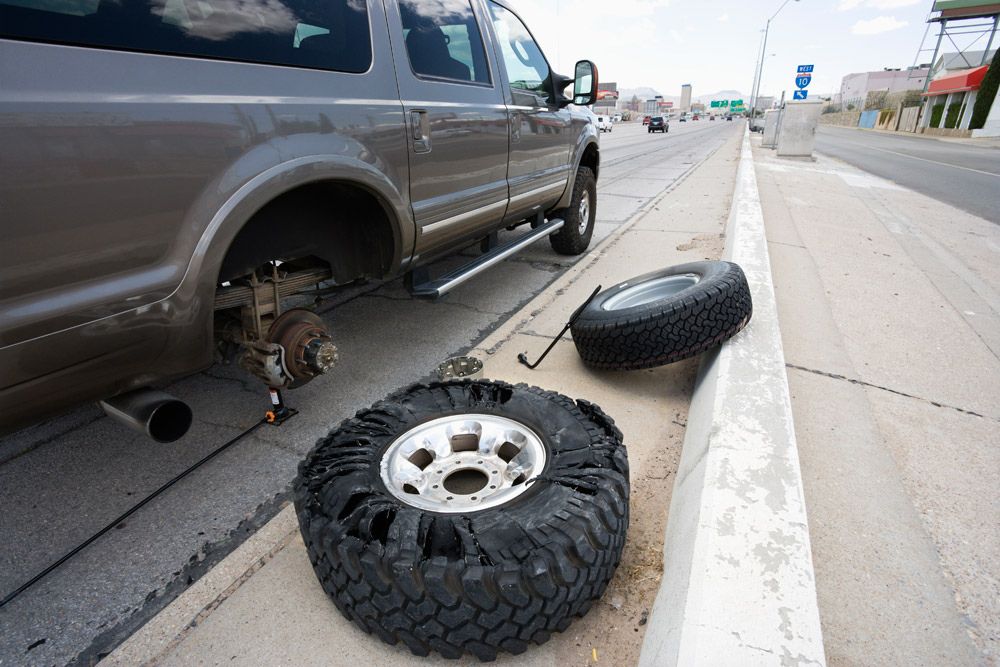
Aerosol tire sealant is one of only two types. A single-use product, aerosol sealant is for emergency repairs that will allow you to drive short distances on a punctured tire. It comes in a bottle that sprays, allowing a simple application to fill holes in the tire with great accuracy. When you spray the product into the valve, the punctured tire will inflate. The formula coats the inside of the tire to plug any leaks or holes.
The second type of sealant for a punctured tire comes in the form of a thick gel. Using the gel option can be a bit more difficult than the aerosol tire sealant, as it is harder to put in place. Plus, it can be messier due to its slimy substance. To use the gel sealant, you will usually need tools or equipment to make sure the tire is properly sealed and no longer leaking air.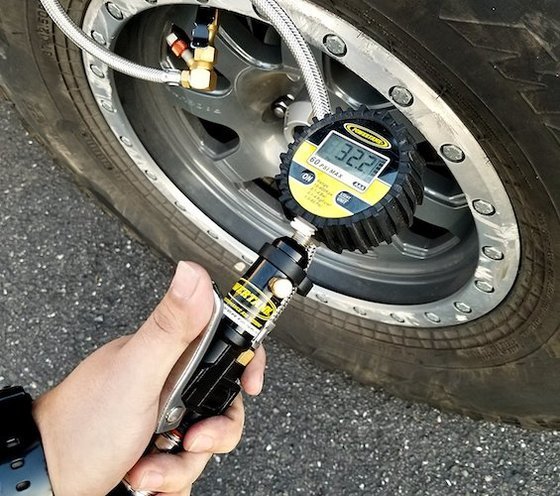
Many tire sealants are very affordable and cost between $10 and $20. These products are often at least 16 ounces in size and work as promised. They are no-frills, but they get the job done. If you spend upwards of $60, you will often find much larger sealant containers or those that are part of a kit, which can include items such as tire inflators. If you have room in your vehicle for a kit, it may be worth storing one in your trunk due to the added features, such as accessories for inflatable and carrying bags.
You’ve got questions. The Drive has answers.
Tire sealants are for temporary use and not a permanent solution. The tire sealant’s purpose is to get you to the nearest gas station, automotive shop, or dealership to fix the tire. Depending on the amount of damage to the tire, you may need to get a brand-new tire put on the vehicle.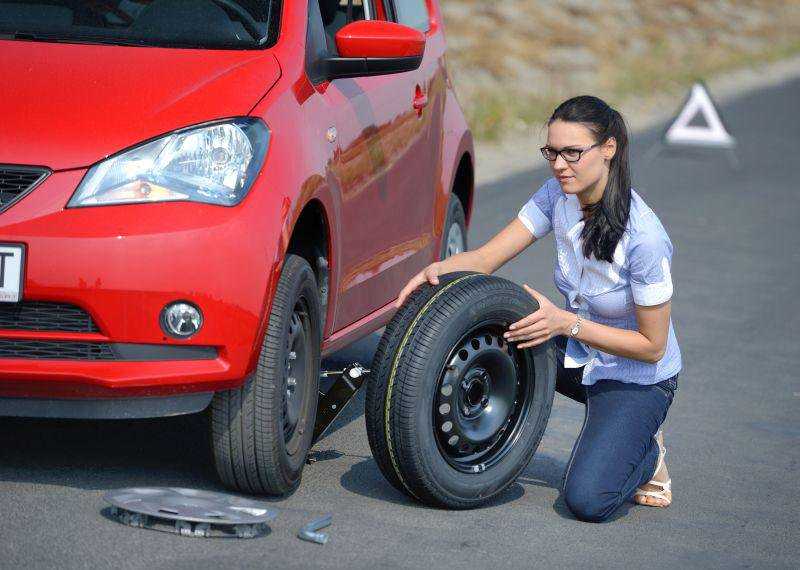
Tubeless tire sealant should last an average of two-six months. However, the life span depends on several factors, such as temperature, humidity, driving frequency, tire casing thickness, and the number of punctures.
This depends on the type of tire sealant and the brand. Each product should state how long they last, but generally they can last up to two years before needing to replace the tires.
A: This varies on the size of the tire you are trying to fill the puncture in. A lawn mower tire is smaller and therefore doesn’t need that much product. However, a Jeep tire is larger and will typically need an entire bottle of tire sealant.
A: You inject the tire sealant through the valve or tire nozzle.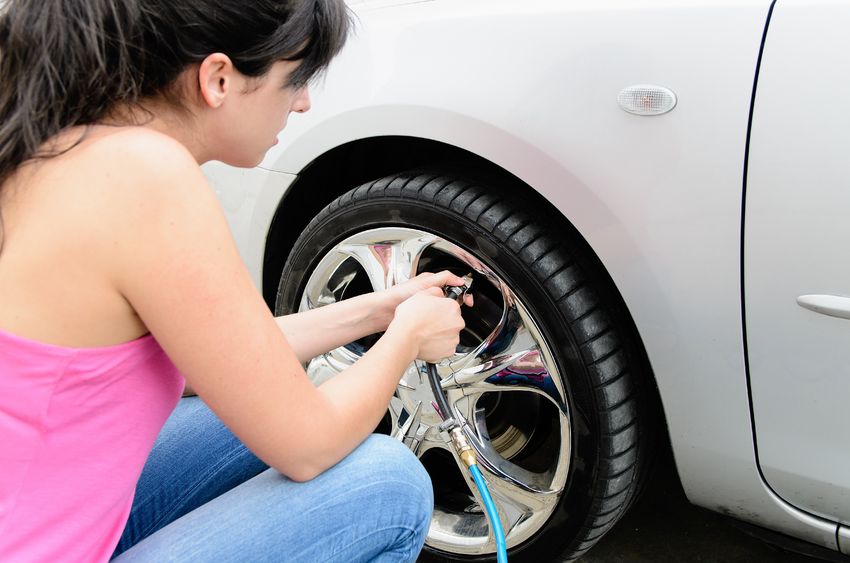 After completing that step, you then fill the tire with air until it is at the required amount.
After completing that step, you then fill the tire with air until it is at the required amount.
But there is a technological solution to prevent premature failure of the pneumatic tire - filling the internal space with polyurethane TIRE FILL (two-component system of cold polymerization).
Filling is the process of replacing the air inside a pneumatic tire with polyurethane composition, both liquid components are pumped simultaneously using a special pumping unit with a static mixer in a ratio of 1:1 by volume, through regular valve of the chamber or tubeless tire. The process requires compliance elementary precautions. The temperature in the production room should not be lower than 10-18C. Gelling time is about 30 minutes. Polymerization completed within 1-2 hours at 23C after mixing the components. Stabilization mechanical properties are achieved in 1-2 days at room temperature.
After After solidification, the resulting mass allows the tire to maintain its properties in terms of elasticity and increase the life of the tread by reducing the heating of the tread part of the tire, since polyurethane is not a heat insulator, unlike air.
Tires, filled with polyurethane, used for many vehicles: loaders, lifts, road construction machines, stackers, trailers, container ships, mine, tunneling and quarry machines, transport metallurgical production, airfield and port transport, municipal transport, military equipment.
For wheels filled with Tayfil polyurethane, no size restrictions and tire weight service life at speeds up to 65 km / h is due only tire durability; transport speeds of up to 100 km/h are allowed daily within 4-8 hours depending on the load; confirmed high heat and cold resistance. Compared to pneumatic, wheels filled with polyurethane "Tayfil", ensure the continuation of movement when mechanical damage to the tire, increase the stability of vehicles, guaranteed readiness for movement even after a long stay, trouble-free work in any climatic zones.
Benefits filling pneumatic tires for loaders with polyurethane is obvious:
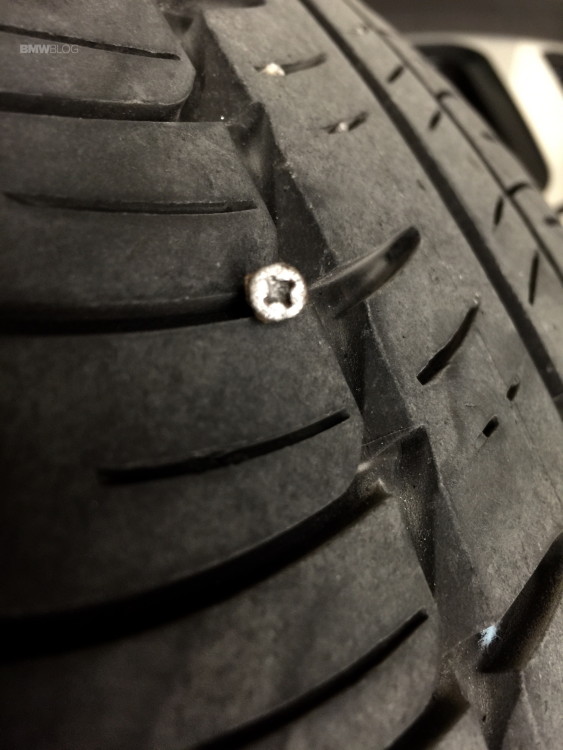 Constant tire monitoring extends the life of the tread and carcass of the tire, in the same time, taking up the operator's working time. Monitor tire pressure filled with polyurethane, there is no need either when they are new or when they are worked long enough. One of the significant advantages polyurethane filler is its ability to change with changing tire carcass, so even worn tires will work like pneumatic tires pressure recommended by the manufacturer.
Constant tire monitoring extends the life of the tread and carcass of the tire, in the same time, taking up the operator's working time. Monitor tire pressure filled with polyurethane, there is no need either when they are new or when they are worked long enough. One of the significant advantages polyurethane filler is its ability to change with changing tire carcass, so even worn tires will work like pneumatic tires pressure recommended by the manufacturer.
Polyurethane filling ARNCO is approved by such equipment manufacturers as: Toro, Volvo, Eimco, Caterpillar, Bobcat, JCB, JI Case, Condor, etc.
YOU GET:
Safety
none emergency situations due to tire puncture;
enlarged ballast when working on sloped surfaces.![]()
Savings
Tubeless tires can hardly be called the know-how of the bicycle industry, however, they still raise questions for many. The topic itself, as a rule, is surrounded by a lot of skepticism and distrust, which are more often explained by a lack of understanding of basic things and a lack of experience in riding such wheels. To dispel all these doubts, we answer the main questions related to tubeless technologies.
These are bicycle tires that do not have a tube. At the same time, tubeless technology is not only about tires. We are talking about a whole wheel system, which also includes a special rim and a sealant that gives the wheel anti-puncture properties. The tubeless concept makes the bike more comfortable to use and improves its riding performance, which will be discussed in order.
How long ago did this technology appear and can it be trusted?
Those who hear about bicycle tubeless for the first time usually tend to be suspicious of them.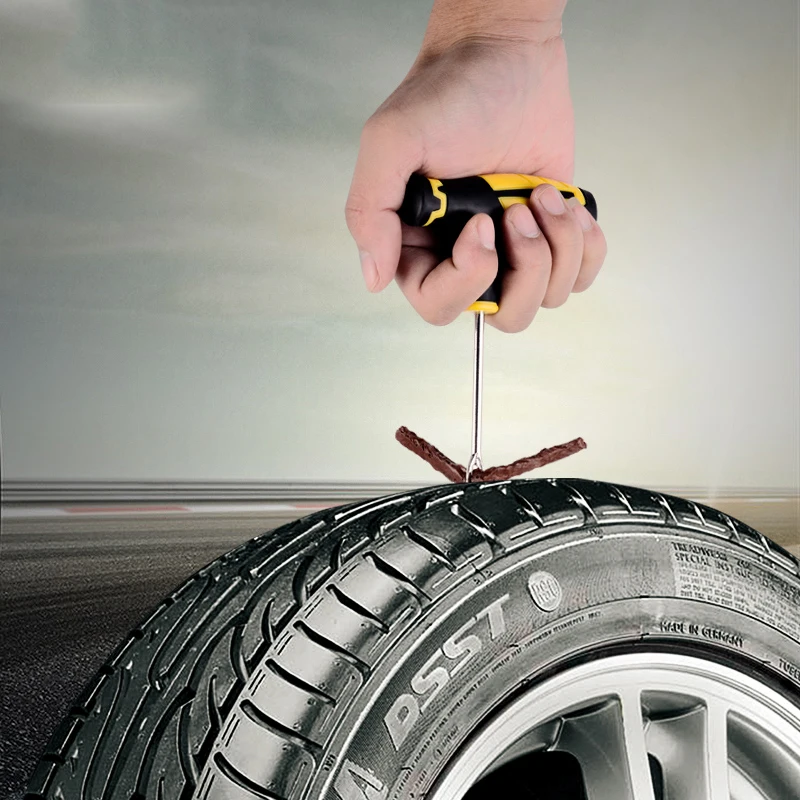 You can dislike this technology for subjective reasons, but you definitely shouldn’t distrust it. Tubeless tubes have been massively used for cars and motorcycles for several decades, and during this time they have not given reason to doubt their reliability.
You can dislike this technology for subjective reasons, but you definitely shouldn’t distrust it. Tubeless tubes have been massively used for cars and motorcycles for several decades, and during this time they have not given reason to doubt their reliability.
The first tubeless systems for bicycles appeared in 1999, when the French rim brand MAVIC collaborated with tire manufacturer Hutchinson to present their concept of a simple and efficient tubeless wheel. In the 2000s, this technology remained the prerogative of mainly professional athletes, who quickly appreciated its main advantages: lighter weight, more air in the wheel, good "traction" and durability.
In recent years, tubeless has finally ceased to be perceived as something exotic. For example, today a significant part of the MTB and almost all touring cars come with such wheels as standard. A wide variety of sealants are also available on the market, and the number of those who are discovering the benefits of tubeless technology is steadily increasing.
The tubeless system provides a special rim and tires that are labeled tubeless ready or TR. However, the rims themselves are easy to distinguish visually - they have a low side and characteristic walls with recesses, forming a kind of lock in which the tire cord is wedged when air is injected. Due to this, in the inflated state, the rubber reliably and hermetically “sits” on the rim, without breaking off the wheel even at low pressure. The rim itself is additionally glued with a sealing tape, after which the nipples are installed separately.
The benefits of tubeless wheels are revealed no matter how often and what kind of bike you ride: whether it's weekend trips, extreme downhill or long-distance touring. Nevertheless, for certain categories of cyclists tubeless still open up more opportunities: first of all, we are talking about those who are seriously passionate about off-road.
When actively driving off-road with tubeless tubes, you can ride on lowered wheels and at the same time not be afraid of such an unpleasant type of puncture as a snake bite. Low tire pressure, in turn, gives better handling, dampens vibrations more effectively and generally provides more comfort on difficult tracks. If we are talking about cyclists, then they appreciate tubeless for their anti-puncture qualities.
Road bikes also use tubeless wheels. Moreover, they are the pioneers of this technology. But road tubeless tubes are a different story: they are designed for different operating pressures and have tangible design differences. Therefore, further we will talk mainly about those tires that are put on mountain, touring and city bikes.
These are the two rim formats that define the features of a tubeless wheel assembly. BST is a standard that involves the installation of a special sealing tape that prevents air from leaking through the holes in the spokes.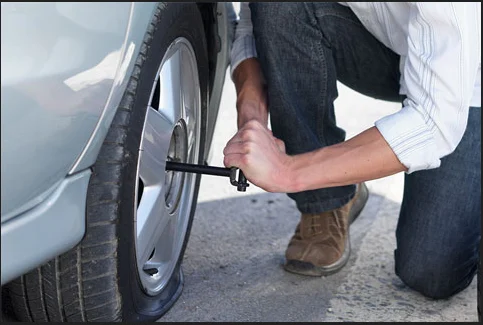 This is the most common version of tubeless systems.
This is the most common version of tubeless systems.
UST is a blind rim in which an additional bridge isolates the spoke holes. Thus, there is no need for laying a sealing tape. In practice, this greatly simplifies life, because when installing a tire (especially without proper experience), the tape tends to crush, which is why you have to reassemble the wheel. It is easy to guess that such rims also have a drawback - their price.
The tubeless system in the form in which we wrote it above is already a full-fledged wheel, it can be installed on a bicycle and hit the road. But there is an important nuance. First of all, tubeless tubes are valued for their anti-puncture qualities: for this, a small amount of a special liquid, a sealant, is poured inside the tire.
Yes, you can. But you should not do this. Firstly, this is illogical: for no reason you are depriving yourself of the main advantage of tubeless - the anti-puncture effect.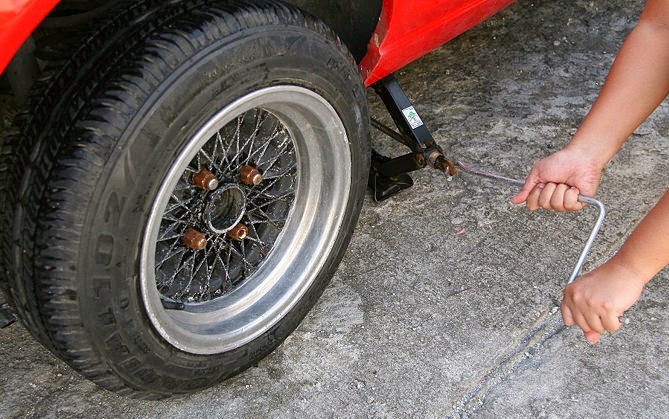 But more importantly, it is very difficult (or even impossible) to inflate such a tire in a completely flat state with a portable pump: to do this, you need either a strong floor pump or a booster. Naturally, no one will take such bulky things with them on the road. Filled with sealant 95% of punctures "seal" without a critical loss of pressure, and in most cases there is no need for even light pumping. Thus, the probability of being with a flat tire is very low.
But more importantly, it is very difficult (or even impossible) to inflate such a tire in a completely flat state with a portable pump: to do this, you need either a strong floor pump or a booster. Naturally, no one will take such bulky things with them on the road. Filled with sealant 95% of punctures "seal" without a critical loss of pressure, and in most cases there is no need for even light pumping. Thus, the probability of being with a flat tire is very low.
So, if you put tubeless, sealant is still needed. Such fluids are easy to find in any bike shop, they are inexpensive and require replacement on average once every three to four months, so there is no need to talk about any inconvenience. Yes, in order to cope with the fill, you need to acquire a certain skill, but this is much easier than constantly changing broken cameras. In addition, sealant can be replaced once a season in a specialized service.
Bicycle sealants are based on fine particles (rubber or polymer fibers) suspended in a liquid carrier. Inside the wheel, the sealant does not polymerize: it is in a liquid state and is distributed along the inside of the tire during movement. When a puncture occurs, the air flow begins to push the solution out. A fine suspension clogs the hole, and the sealant dries quickly. Thus, there is a reliable "sealing" of the puncture.
Inside the wheel, the sealant does not polymerize: it is in a liquid state and is distributed along the inside of the tire during movement. When a puncture occurs, the air flow begins to push the solution out. A fine suspension clogs the hole, and the sealant dries quickly. Thus, there is a reliable "sealing" of the puncture.
If we talk about typical punctures - collisions with thorns, wires, small glasses - such damage is self-healing without a noticeable loss of pressure. Usually, a puncture can only be guessed from a small spot on the surface of the tire. Naturally, the sealant works with more complex damage. You can count on it even if you pierce the wheel with a thick nail, 4-5 mm in diameter. If you don't understand how a liquid can seal such holes, you can watch numerous crash tests on YouTube that demonstrate the miraculous properties of sealants.
The consumption per tire is from 50 to 100 ml. If we are talking about standard MTV tires, the golden mean is about 60 ml per wheel.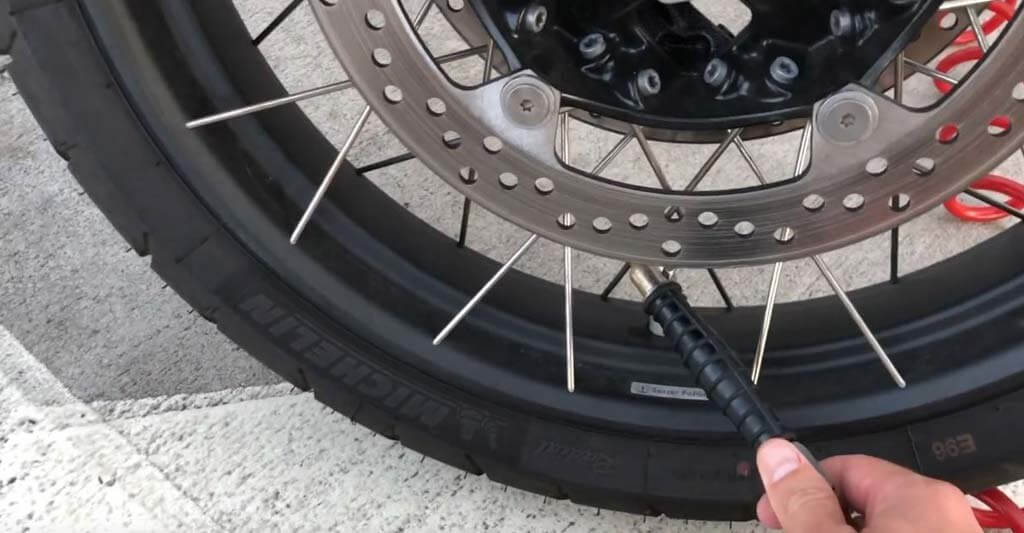 The exact dosage will always be written on the bottle. It is difficult to get confused even for those who do not like to read instructions: most sealants have measuring containers or a dosage scale on the bottle itself.
The exact dosage will always be written on the bottle. It is difficult to get confused even for those who do not like to read instructions: most sealants have measuring containers or a dosage scale on the bottle itself.
Here, too, everything is conditional and depends on the characteristics of the specific composition and intensity of punctures. In the absence of serious damage that entails the leakage of a large volume of sealant, you can easily skate a whole season on one fill. Some cyclists prefer to do an incomplete start-up gas station and gradually add 20-30 ml of fluid every two to three months. You can also navigate by how effectively the sealant works: if you see that small punctures are sealed with a strong deflation of the wheel, it may be that the composition is no longer enough and it needs to be added. Be that as it may, sealant is a very economical thing that lasts for a long time.
The sealant inside the tubeless tends to dry out, forming a characteristic film.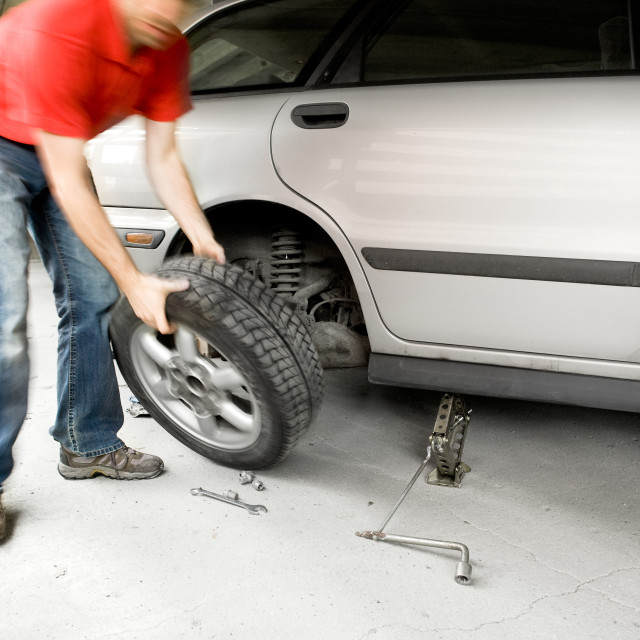 Whether or not to clean the tire cavity is up to you. This is a purely aesthetic moment, which does not affect the operation of the anti-puncture fluid. The sealant can simply be added as it dries and not bother with unnecessary worries. It is more likely that the tire will completely wear out than it will have time to completely clog with dried filler.
Whether or not to clean the tire cavity is up to you. This is a purely aesthetic moment, which does not affect the operation of the anti-puncture fluid. The sealant can simply be added as it dries and not bother with unnecessary worries. It is more likely that the tire will completely wear out than it will have time to completely clog with dried filler.
Serious damage - large diameter punctures, small cuts, run over nails with subsequent tire rupture - are repaired using special repair worms. These are rubber or fibrous bands that are inserted into the hole to reduce its area and allow the sealant to seal the puncture.
With long longitudinal cuts it is more difficult. Here you need to either sew up the dissection with nylon threads, or stick a patch on the inside of the tire. You don’t have to worry about the tightness of the repair site - the sealant will do this work, of course, if it does not have time to leak out.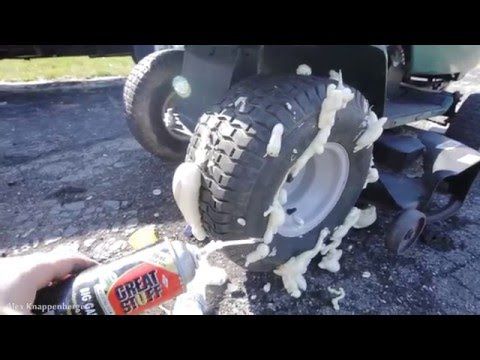 But being able to inflate a completely flat tire with only a portable pump will require skill.
But being able to inflate a completely flat tire with only a portable pump will require skill.
In fairness, we note that such complex injuries are rare for most cyclists. But for those who are seriously passionate about off-road, it is better to play it safe with a spare camera. In this case, having caught a cut, you can always drain the sealant, unscrew the nipple from the rim and install a regular camera. And in order not to drive with a “hernia” protruding outward, we recommend placing, for example, a bill folded in half under the cut on the tire.
Tubeless allows you to forget about such an unpleasant form of damage as a "snake bite" forever. It usually happens when at full speed you catch a pothole in the pavement, unsuccessfully jump onto a curb or run into a stone on a downhill. Hitting the edge of a hard object, the tire is crushed, and the rim walls work like incisors, damaging the chamber in two places.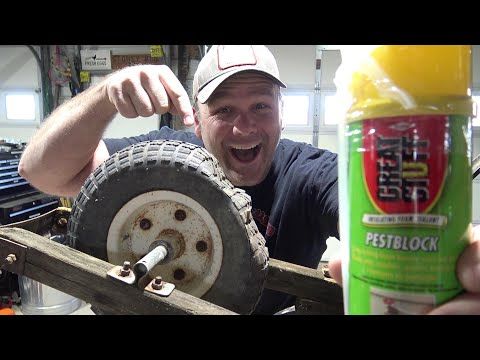 In tubeless wheels, this scenario is excluded, because. there is nothing to break through here. Of course, it can be assumed that the rim will cut the tire itself, but this should be a blow of enormous force, which is almost never encountered in practice.
In tubeless wheels, this scenario is excluded, because. there is nothing to break through here. Of course, it can be assumed that the rim will cut the tire itself, but this should be a blow of enormous force, which is almost never encountered in practice.
Rejection of the chamber increases the volume of air in the wheel. This changes the contact patch (it becomes flatter) and allows the wheels to better absorb off-road bumps. Add here the ability to ride at low pressure, without being afraid of a snake bite, and it becomes completely clear why tubeless lovers of hard off-road riding so idolize. Soft tires with a large contact patch "fit" all the bumps in the road, giving excellent traction on rocks, forest primers and other off-road.
In addition to traction, tubeless tires improve shock absorption, dampen vibrations better, and generally provide more off-road comfort. At the same time, to get the most out of this rubber, you need to experiment a lot with tire pressure, trying to find the indicators that will best suit your individual riding style.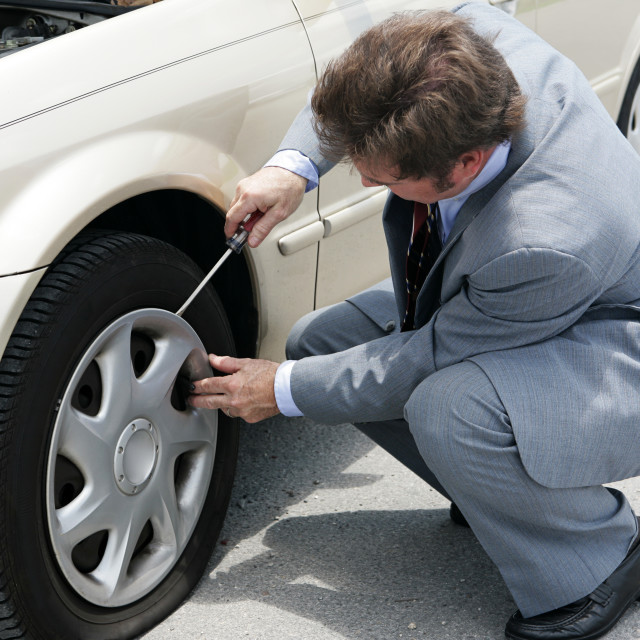
Finally, the camera is extra grams. By refusing them, you can save an average of 70-100 g of weight on each wheel. For some, this may seem like a formality, but it is worth considering the fact that extra grams on the periphery of the wheel have a stronger effect on driving performance. This difference is especially felt on road bikes: road bikes, gravel, touring.
They also exist. Moreover, it is far from formal. First, it's the price. The difference becomes especially noticeable when you buy tubeless systems separately: rims, tires + small things (tape, removable nipples, sealant). For tubeless you will have to pay an average of one and a half times more than for ordinary wheels, plus or minus the same class. And if we are talking about more advanced UST rims, then this means another + 30-40% to the cost.
With tubeless by default, everything is more difficult in terms of installation (here we are talking about conventional BST systems).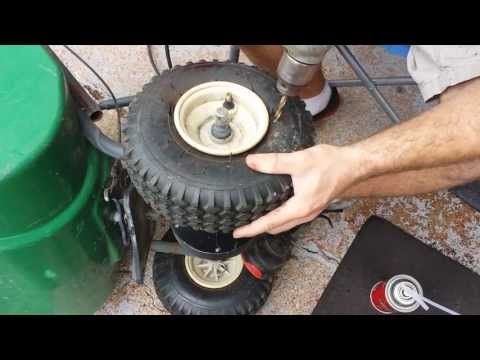 You need to learn how to properly glue the tape, accurately insert the nipples, carefully install tight rubber, making sure not to displace the tape and not fill everything with sealant. On the other hand, all this comes with experience, but what you will always have to put up with is the difficulty with pumping a completely flat tire.
You need to learn how to properly glue the tape, accurately insert the nipples, carefully install tight rubber, making sure not to displace the tape and not fill everything with sealant. On the other hand, all this comes with experience, but what you will always have to put up with is the difficulty with pumping a completely flat tire.
A tubeless tube cannot be inflated until its landing board snaps into place on the rim. To do this, you need to sharply introduce air into the tire. The tire should straighten up and fall into the grooves with a characteristic click - then it can be safely pumped further. This all sounds simple if there is a compressor in the garage. Putting a tubeless tube into the grooves by pumping air with an ordinary floor pump is quite difficult, and almost impossible with a portable bicycle pump.
All this makes life much more difficult. But there are solutions. In the field, a compact can of compressed air can help out. At home, installing tubeless tubes greatly simplifies the booster.